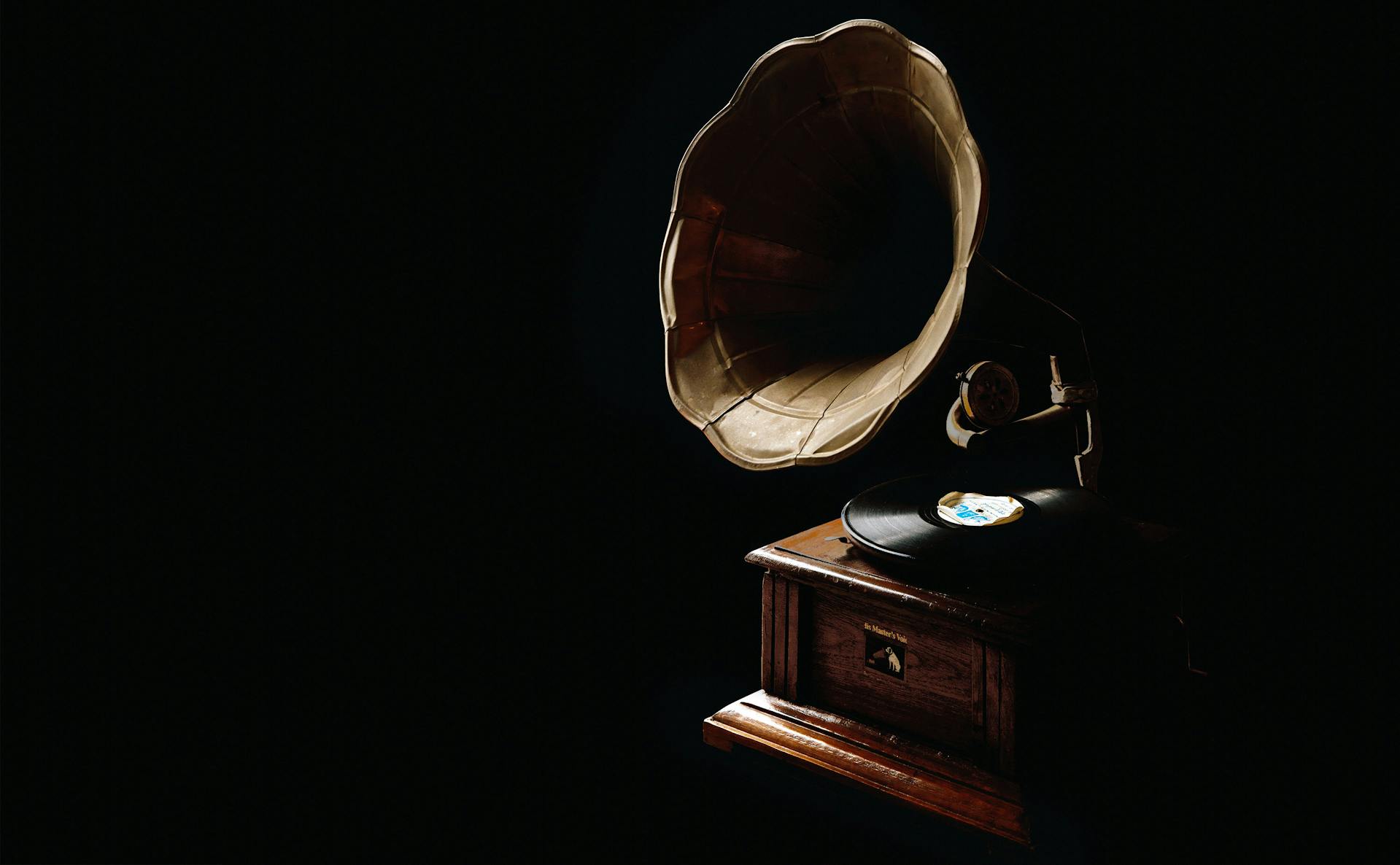How to Write a Locrian RIFF • Music Theory from Metallica "72 Seasons"
Description
How to Write a Locrian RIFF
FREE: Download This Tutorial as PDF
Includes multitrack MIDI example
Step 1. Octaves
Set your grid to 1/16 notes and your tempo to 97 BPM. You’re gonna start by writing a creative pattern using only octaves. If you’re writing this on guitar, use your low open E string and the E one octave higher. And be sure to play every 1/16 note, as that’s what gives the riff that heavy momentum. At the very end of the riff, though, play four 1/8 notes. That creates variation, and gives the circle pit a few seconds to breathe!
Quick shoutout to Metallica, as this lesson is based on their song “Too Far Gone?” from the new album “72 Seasons”.
Step 2. Mode
Now that you’ve got an outline of your riff, it’s time to start thinking about the melodic element. For this, we’re gonna use the Locrian mode, like Metallica. So, to get the E Locrian mode, which is what they use, start with the E natural minor scale.
Now, flatten the 2nd and 5th notes. And “flattening” just means lowering the note by one semitone - or one fret, if you’re on the guitar. So the 2 (which is F♯), becomes a ♭2 (which is F). And the 5 (which is B), becomes a ♭5 (which is B♭). That’s E Locrian! And if all these numbers and flats are confusing, just read hack 8 in our free book.
Free Book
Just before we jump into the next step. If there’s an artist you want us to hack, drop us a comment on YouTube.
Also, are you new to music theory? Or are you experienced, but you want a refresher? Then download our FREE BOOK (link opens in new tab). It only takes 30 minutes to read, then you’ll have a solid theory foundation that you can instantly apply to your songwriting and producing.
Step 3. Melody
Finally it’s time to add the melodic element to your riff. Now, you’re not actually going to move any of your low E’s, they’re gonna chug away down there. You’re only gonna move the high E’s. So, have some fun playing around with where you can move those high E’s to.
However, be sure to play the notes that make the Locrian mode different to the natural minor scale, as those are the really dark heavy notes. In other words, play F and B♭. Also be sure to play G, as that’s the ♭3, which is a relatively dark note too.
Lastly, here’s a quick bonus for my fellow theory nerds. At the end of their riff, Metallica plays some 5ths, which guitarists call “power chords”. What’s interesting about this is that the 5th of the root note E, is B. But, in E Locrian there’s a B♭ not a B. So theoretically that B pushes the riff into Phrygian for a split second. However, because our ears only pay attention to the root note of each power chord, that end part of the riff still sounds like it’s in Locrian.
PODCAST
Listen below, or on any podcast app.
























